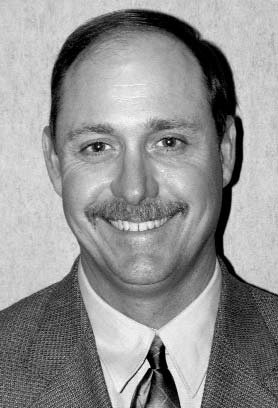Superintendents been asked by golfers;
Why is it necessary to aerify greens?
Aerification is needed when the soil beneath the putting surface becomes compacted. When the soil becomes compacted the grass roots begin the struggle to breathe.
Think about how many footsteps are on any given green on the course. The average golfer will take 45 steps on any green. So to get a number of steps on a green any given day, we need to multiply 45 times the foursome that is playing in that group. That makes 180 steps per foursome. Now, multiply 180 times the amount of foursomes that play on the course per day (about 72 foursomes), that is 12,960 steps per day on each green. To the extreme, multiply that times 365 days, that equals over 4.7 million steps! WOW! Now think about all the equipment that is used in maintaining the greens throughout the year. Some of these pieces of machinery can weigh over half a ton. Run a riding greensmower over a green 365 days a year and that is an addition 365,000 pounds of compression per year, compacted! I would say, it's a wonder greens survive as long as they do.
If aeration is not performed on the greens, numerous things could begin to happen to them; Worst of all they could die, then there would be no reason to have a golf course around. Secondly, as the soil becomes compacted the bermudagrass is the first to go and then species such as poa annua, crab grass, goose grass, and kylinga sedge will take over because they can tolerate lower levels of oxygen. That would be a nightmare!
As ironic as it could be, the best time for aerification is when the grasses are at their strongest. This is also when golfers love the greens the most. When bermudagrass is at its strongest is also when they are able to heal at the fastest they can.
This is just one of the many maintenance practices that helps improve the quality of the course. It is also the despised by golfers. While the activity of maintenance is performed at times, it is nonetheless crucial to protecting the plant species on our greens.
No golf course superintendent enjoys aerifying greens, why?
1. Its labor intensive
2. A time consuming process
3. Should be done 2 to 3 times a year.
However this process allows the grass to stay healthy! The primary goal during Aerification is to relieve soil compaction, thatch control, and organic matter, which consist of decaying roots and grass stems and thatch control.
Excessive organic matter acts like a sponge and when it gets thick it will hold to much water near the surface. This type of condition leads to limited root growth, increases in disease pressure, and causes other problems. Other problems include water filtration (perk rates), excessive thatch build up, lack of proper air and water which will lead to trapping gases which will lead to severely damaging and/or kill existing roots.
Aerification holes allow excess water to evaporate and oxygen air to better penetrate the green, the results lead to a better root system. A better root system leads to good quality turf which leads to a high quality putting surface.
The next Aerification is scheduled July 18th, this Aerification is pending. I will decide if the turf has completely healed out of the first Aerification. I plan to let Jerod and Mike know in the first week of July. The third and final aerification is on August 22nd.
